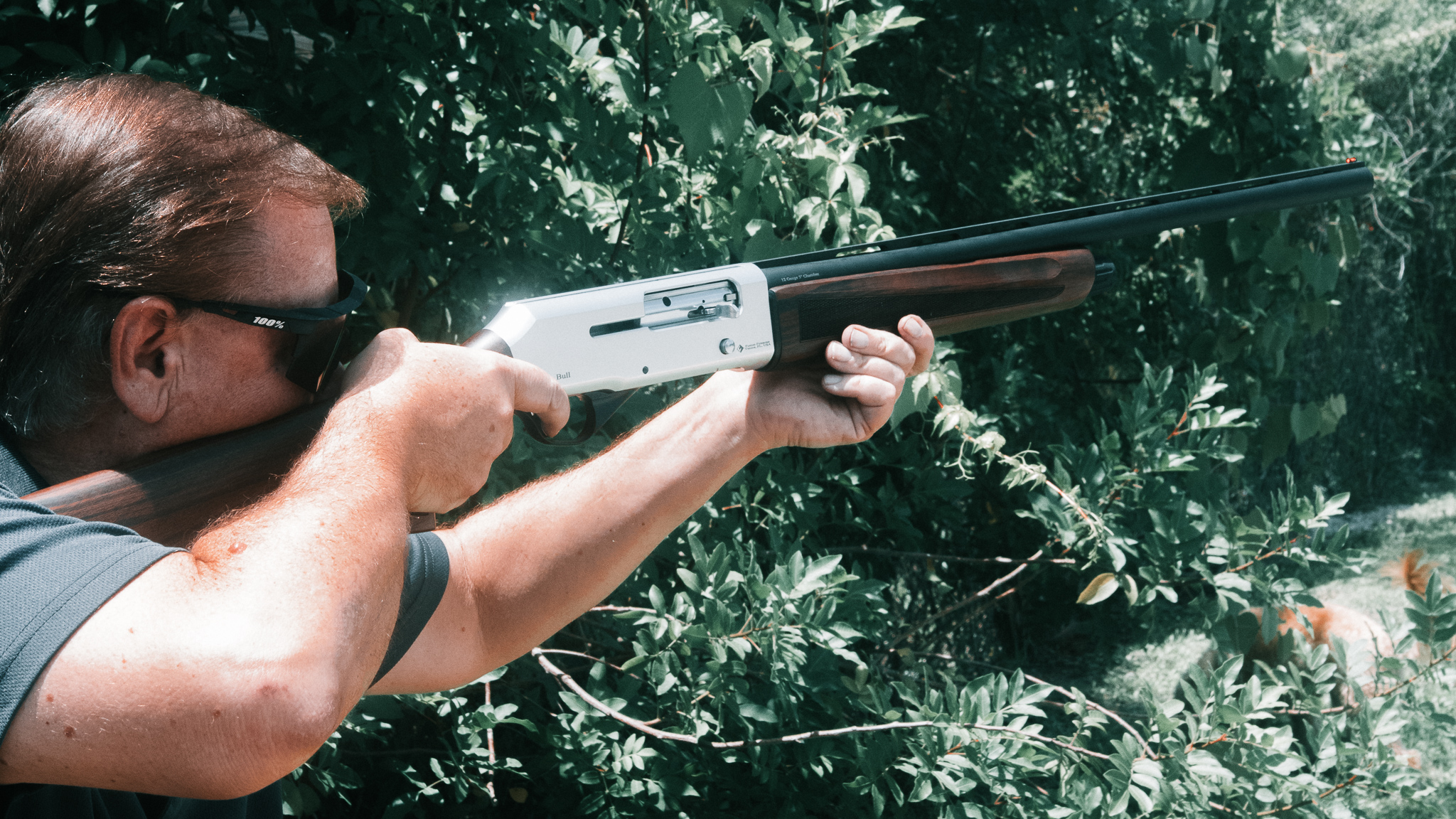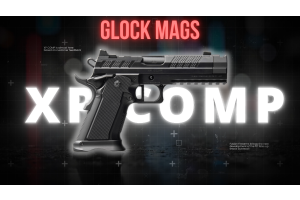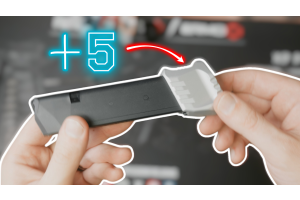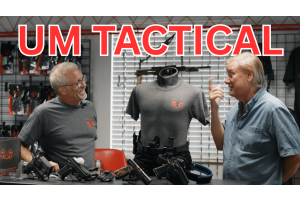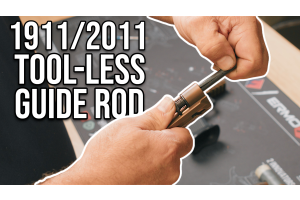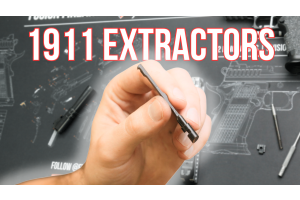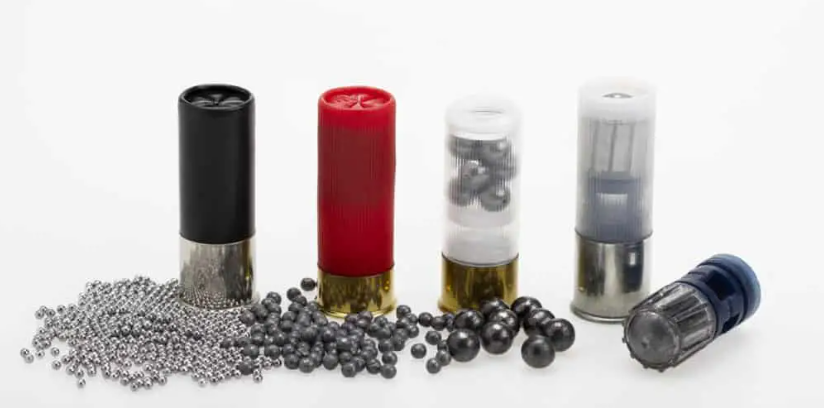
Understanding Shotgun Shell Components: A Comprehensive Guide
0%
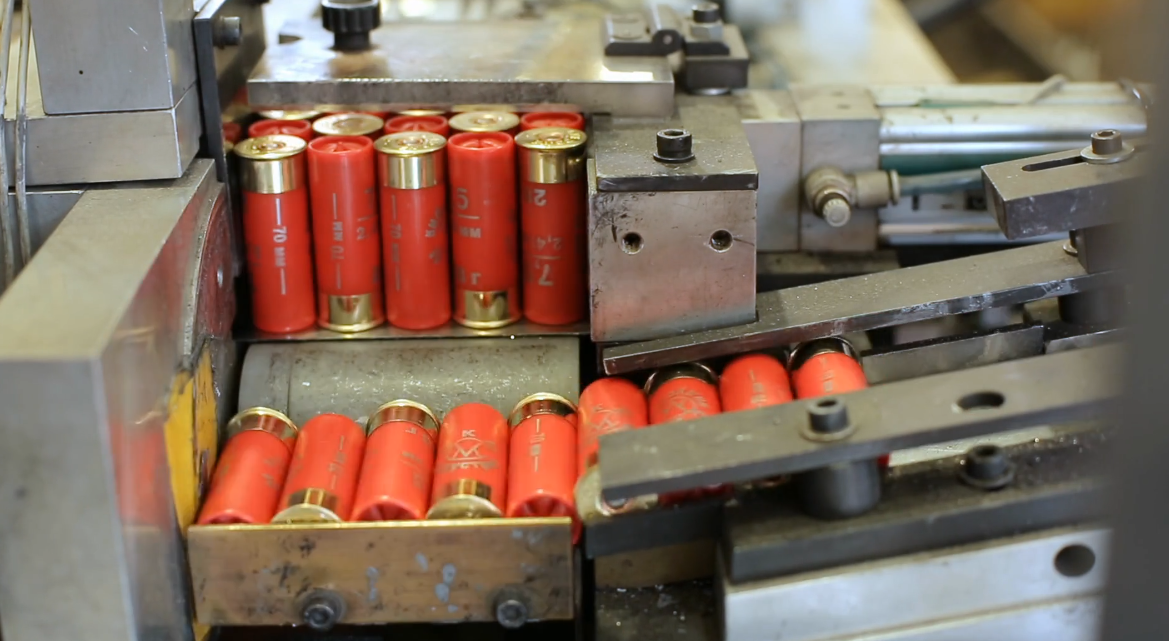
Key Points:
- Shotgun shells consist of components like the hull, primer, powder, wad, and shot.
- The primer ignites the powder charge, generating energy for propulsion.
- The wad ensures proper pressure and consistent shot patterns.
- Shot materials vary and affect effectiveness.
- Gauge and shell length impact capacity and performance.
- Consider usage, target, range, and preferences when selecting shells.
- Comply with laws and consider environmental impact.
- Understanding components enhances informed decision-making.
Introduction
Shotguns have long been a popular choice for hunters, sports shooters, and home defense enthusiasts alike. A key aspect of shotguns is the ammunition they use, specifically shotgun shells. These shells are composed of various components that work together to deliver optimal performance. In this article, we will delve into the world of shotgun shell components, exploring their functions and how they affect shot patterns, recoil, and overall performance.
The Hull
The hull, also known as the casing or shell, is the outermost component of a shotgun shell. It serves as the container for all the other components and provides structural integrity. Shotgun hulls are typically made of plastic or metal, with plastic being more common due to its lighter weight and cost-effectiveness. The hull also holds the primer, powder, wad, and shot.
The Primer
The primer is a small, round metal disc located at the base of the shotgun shell. It is responsible for initiating the ignition process. When the shotgun's firing pin strikes the primer, it creates a spark that ignites the powder charge. This ignition sets the entire chain of events in motion, resulting in the expulsion of the shot.
The Powder
Powder, also referred to as propellant or gunpowder, is a crucial component of shotgun shells. It is responsible for generating the energy required to propel the shot out of the barrel. The type and amount of powder used in a shell significantly impact its performance. Different powders have varying burn rates, affecting shot velocity, recoil, and pressure. It is essential to select the appropriate powder for your specific shooting needs and shotgun gauge.
The Wad
The wad is an integral part of shotgun shell design, serving multiple purposes. It acts as a barrier between the powder and shot, ensuring proper chamber pressure and preventing the shot from coming into direct contact with the barrel. The wad also helps in obtaining consistent shot patterns by providing a cushion for the shot to separate, reducing deformation and maintaining the shot column's integrity. There are different types of wads, including plastic and fiber wads, each with its own advantages and applications.
The Shot
The shot, often referred to as pellets or birdshot, is the projectile that is expelled from the shotgun upon firing. Shot is typically made of lead, although alternative materials such as steel or tungsten are used in some cases, particularly for environmental and legal reasons. The size and composition of the shot determine its effectiveness for different purposes. Smaller shot sizes are suitable for target shooting or hunting small game, while larger shot sizes are used for hunting larger game or self-defense.
Gauge and Length
The gauge of a shotgun shell refers to the bore diameter of the shotgun it is designed for. Common shotgun gauges include 12 gauge, 20 gauge, and .410 bore. The gauge affects the overall size of the shell and the amount of powder and shot it can hold. Additionally, shotgun shells come in different lengths, typically ranging from 2 ¾ inches to 3 ½ inches for 12-gauge shells. Longer shells can accommodate more powder and shot, resulting in increased velocity and potentially higher recoil.
Conclusion
Understanding the components of shotgun shells is essential for shotgun owners and enthusiasts. The hull, primer, powder, wad, shot, gauge, and length all play crucial roles in determining the performance of a shotgun shell. By considering these components and their properties, shooters can make informed decisions when selecting ammunition for various shooting applications.
When choosing shotgun shells, it is crucial to consider factors such as intended use, target size, shooting range, and personal preferences regarding recoil and shot patterns. Manufacturers offer a wide variety of shotgun shells tailored to specific needs, including hunting, sport shooting, and self-defense. By understanding the different components and their effects, shooters can select the most appropriate shotgun shells for their specific requirements.
It's important to note that laws and regulations regarding ammunition may vary in different regions, so it's essential to stay informed and comply with local guidelines. Additionally, it's worth considering environmental factors and opting for alternative shot materials if necessary to reduce the impact on the ecosystem.
In conclusion, a shotgun shell is a complex assembly of components, each with a specific function that contributes to the overall performance of the ammunition. The hull, primer, powder, wad, shot, gauge, and length all work together to determine factors such as shot patterns, recoil, velocity, and effectiveness for various shooting applications.
Whether you're an avid hunter, competitive shooter, or concerned about home defense, understanding shotgun shell components is crucial. By being knowledgeable about these components, their properties, and how they interact, you can make informed decisions when selecting ammunition and optimize your shooting experience.
Remember, safety should always be the top priority when handling firearms and ammunition. Always follow proper safety protocols, familiarize yourself with your shotgun's manual, and seek professional guidance if needed. With the right knowledge and responsible practices, you can fully enjoy the versatility and effectiveness of shotgun ammunition.


